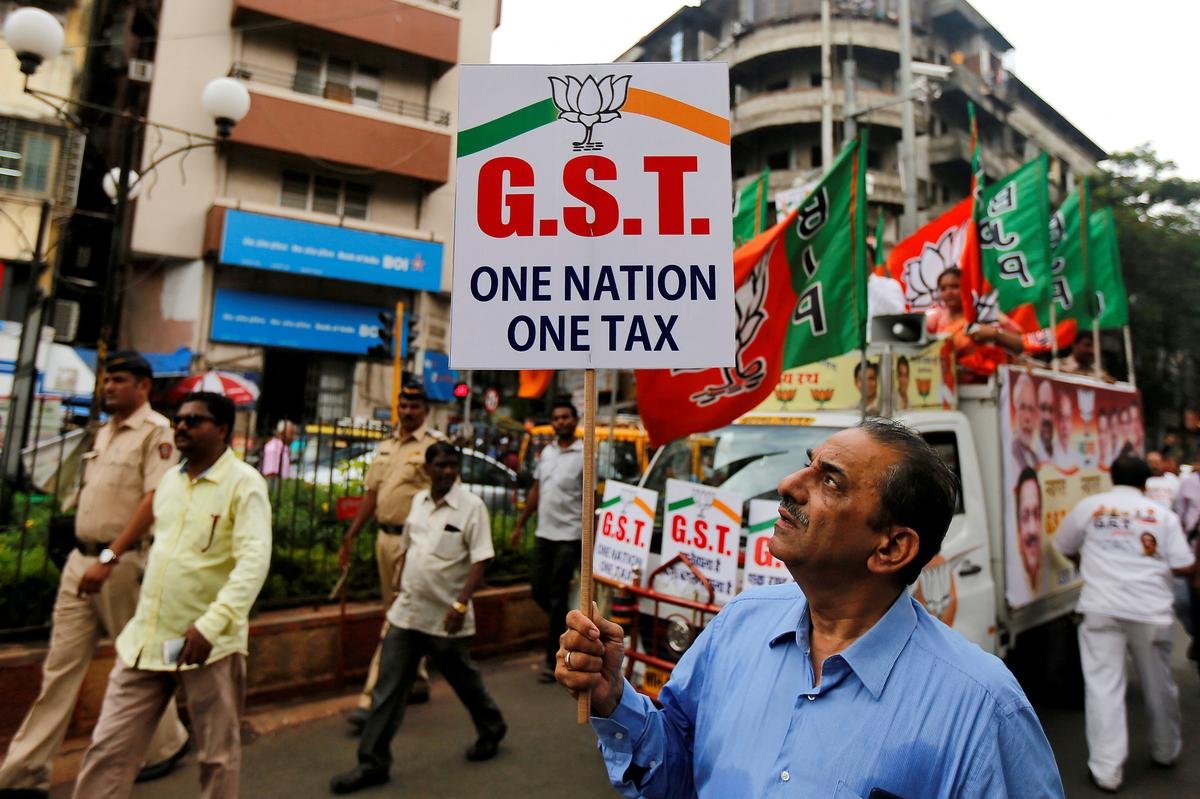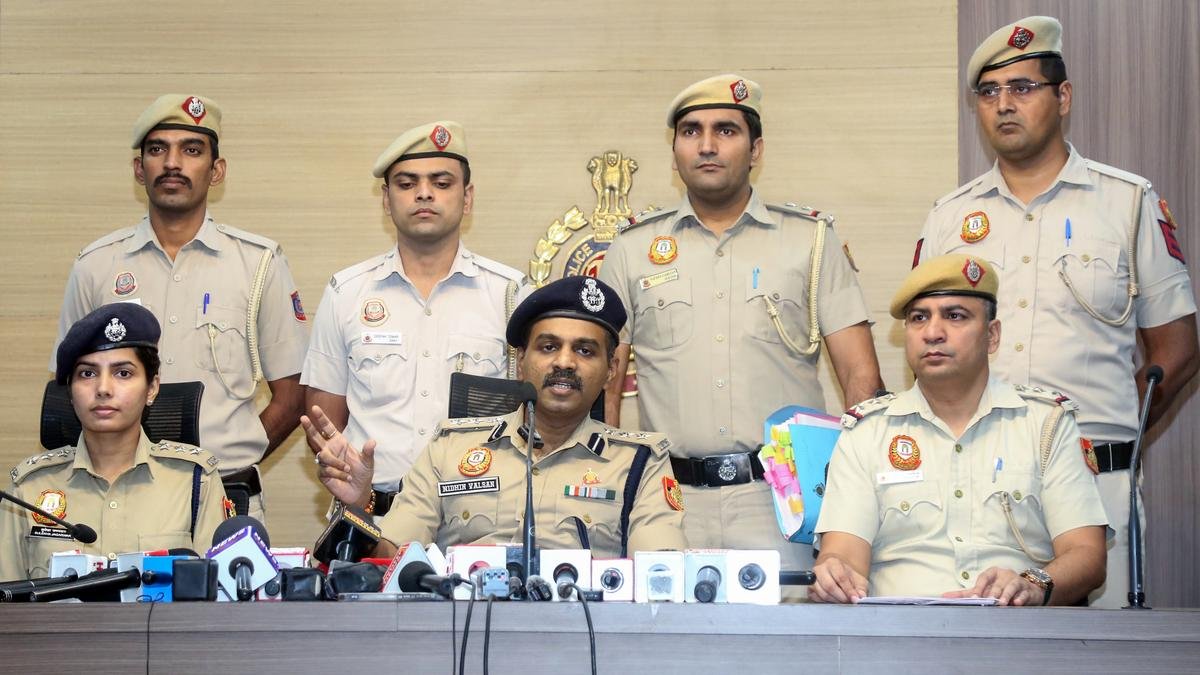| Aspect | Progress Over Time |
| Origin of Dyarchy | Introduced by Government of India Act, 1919 (based on Montagu– Chelmsford Report, 1918). Inspired by the idea of gradually preparing Indians for self-governance. |
| Meaning of Dyarchy | From Greek di-archy = “double rule”. A system where two sets of administrators governed a province:
(British officials, not responsible to legislature).
elected legislature.
|
| Subjects under Dyarchy (Provinces) | – Reserved Subjects: Police, Revenue, Law & Order, Irrigation – Transferred Subjects: Education, Health, Agriculture, Local Self-Government |
| Implementation Period | Dyarchy at the provincial level operated from 1921 to 1937. |
| Challenges and Failures | – Real power remained with the Governor. – Governors often interfered in transferred subjects. – Ministers had no control over finances. – Frequent conflict between ministers and executive council. – Ministers had responsibility, but not full authority. |
| Abolition at the Provincial Level | Government of India Act, 1935 abolished dyarchy in provinces. Replaced it with Provincial Autonomy, where elected ministers had full control over all subjects. Governors were to act on ministerial advice (except in special circumstances). |
| Irony: Dyarchy at the Centre Introduced (1935 Act) | While dyarchy was removed in provinces, Government of India Act, 1935 introduced dyarchy at the Central level: – Reserved subjects (Defence, External Affairs) under Viceroy and Executive Council. – Transferred subjects (Education, Health, Industries, Labour) under Indian ministers. – This dyarchy at Centre was never implemented, as the proposed federation under the Act never came into force. |
| Final Disappearance of Dyarchy | The system of dyarchy was completely removed after Independence (1947) and formally replaced by Parliamentary democracy under the Constitution of India (1950). |
Quick Summary Table: Dyarchy – Rise and Fall
| Phase | Year(s) | Event |
| Introduction | 1919 (Implemented in 1921) | Dyarchy introduced in provinces under GOI Act, 1919 |
| Operation | 1921–1937 | Functioned with dual subjects and shared governance |
| Abolition (Provinces) | 1935 (Effective 1937) | Abolished by GOI Act, 1935 → Provincial Autonomy introduced |
| Reappearance (Centre) | 1935 | Dyarchy proposed at Central level (never implemented) |
| Final Exit | 1947–1950 | Not part of Independent India’s governance; replaced by parliamentary system |
Mnemonic to Remember: D-Y-A-R-C-H-Y
| Letter | Clue |
| D | Double Rule – Two sets of subjects (reserved + transferred) |
| Y | Year 1919 – Introduced by Government of India Act |
| A | Abolished in Provinces – 1935 Act ended it at provincial level |
| R | Reserved Subjects – Controlled by Governor/Executive Council |
| C | Central Dyarchy – Introduced in 1935 but never implemented |
| H | Held power by British – Indians got responsibility without power |
| Y | Yielded to Autonomy – Provincial Autonomy replaced Dyarchy in 1937 |




